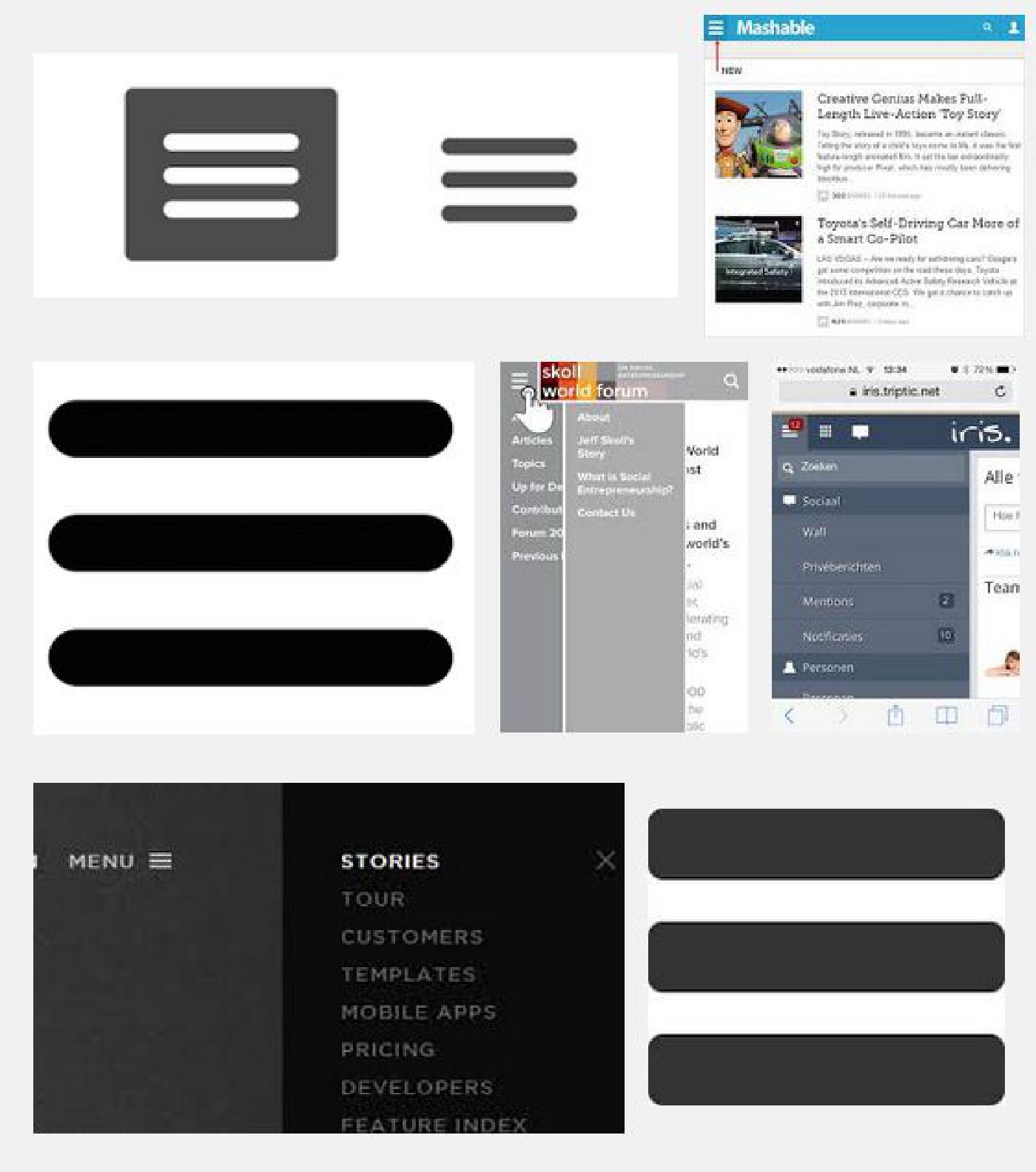

Looking good is, of course, important, but when it comes to menus, you have to first ensure that they are practical and that the navigation structure makes sense.ĭoes it make sense to have 100’s of menu links to every page on your site? No. But what you need to understand is that the user experience takes priority overlooks. You don’t have to reinvent the wheel, or possess special knowledge, to get a responsive menu design. Read on for the list! Examples of CSS Mobile Menus This article created by our team at wpDataTables will show you some great examples of different CSS mobile menu ideas that you can try on your own website or app. People prefer easy things they don’t want complicated interfaces.Ī simple, well-designed CSS mobile menu is necessary if you want to build a navigation experience that users can easily interact with, no matter where they are and regardless of the device they are using.

There are many reasons for this, but frustration with poor navigation is high on the list. A CSS mobile menu needs to be tight, easy to tap, and work across many varying screen sizes.Īccording to Localytics, 21% of users will abandon a mobile app after using it only once. Yet creating a responsive menu for mobile devices is a tricky task -it’s really a juggling act between both functionality and proportions. Your mobile navigation needs to be on point no matter what kind of website or app you are working on. Even Google has switched to a mobile-first index, which means that Google is going to rank your website based on your mobile content relevance and UX. We have to admit that today we live in a mobile world.


 0 kommentar(er)
0 kommentar(er)
